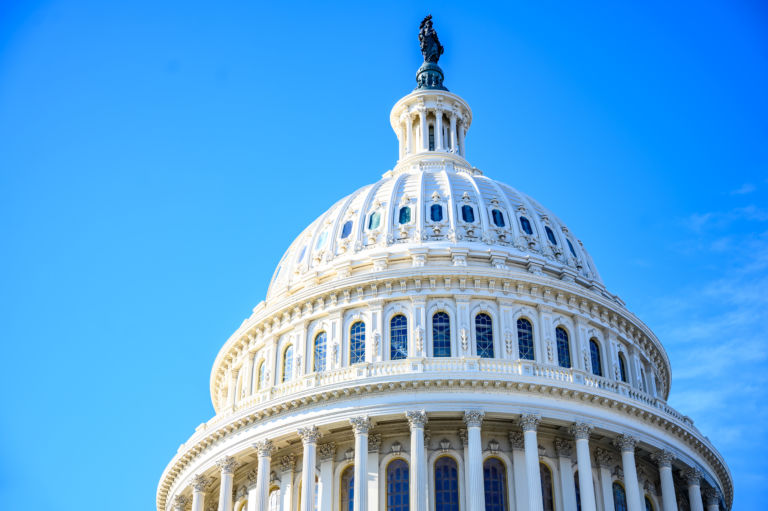Dominic Pino of National Review Online places the federal budget picture in perspective.
The Congressional Budget Office published its last monthly report for the 2023 fiscal year, and it found that the 2023 deficit was $1.7 trillion. The real deficit, however, was about $2 trillion.
The reason for the discrepancy is that the CBO counts as savings the Supreme Court’s recission of the Biden administration’s illegal and unconstitutional student-loan program. The CBO’s budgetary-scoring methods include in the baseline spending for a year any programs that are enacted and scheduled to take effect. When the fiscal year began in October 2022, that included the student-loan program, which wasn’t struck down until June 2023. When the scheduled student-loan spending did not occur, that gets counted as savings in the budget, even though no money was actually saved.
The estimate for the costs of the student-loan program in 2023 was $333 billion. That means the $1.7 trillion deficit estimate is $333 billion lower than the deficit actually was. That puts the deficit over $2 trillion.
This is not an effort by the CBO to make the Biden administration’s fiscal record look better than it is. It is simply in following the CBO’s longstanding budgetary scoring rules, which apply to Democrats and Republicans. The deficit estimate from 2022 looked larger than it actually was because it included the student-loan spending that did not occur. CBO scoring rules don’t really account for administrations pursuing blatantly unconstitutional policies with enormous budgetary impacts that are certain to be struck down by the Supreme Court.
The deficit roughly doubled from 2022 to 2023, when not including the student-loan program on either side of the ledger. Total receipts are down by 9 percent year-over-year. Income and payroll-tax collections were down by $326 billion due to lower capital-gains revenues (which were unusually high in 2022) and the adjustment of tax brackets in response to inflation. Income-tax refunds were also significantly higher in 2023 than in 2022. Corporate-income tax collections were roughly the same.


